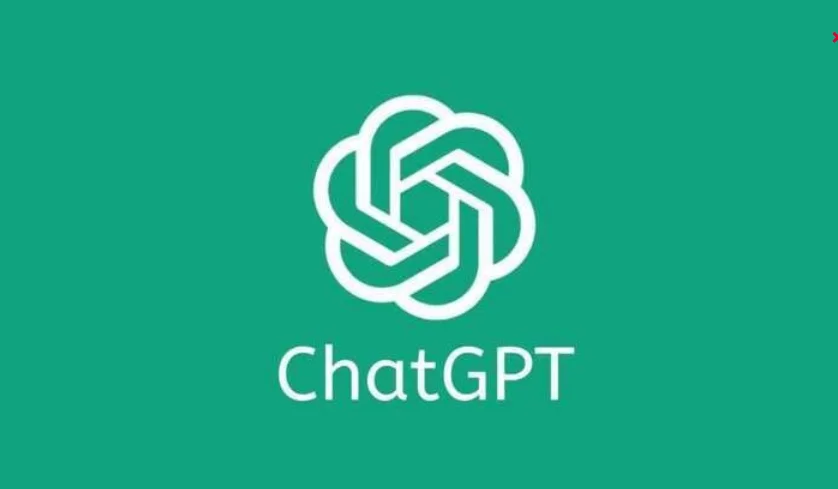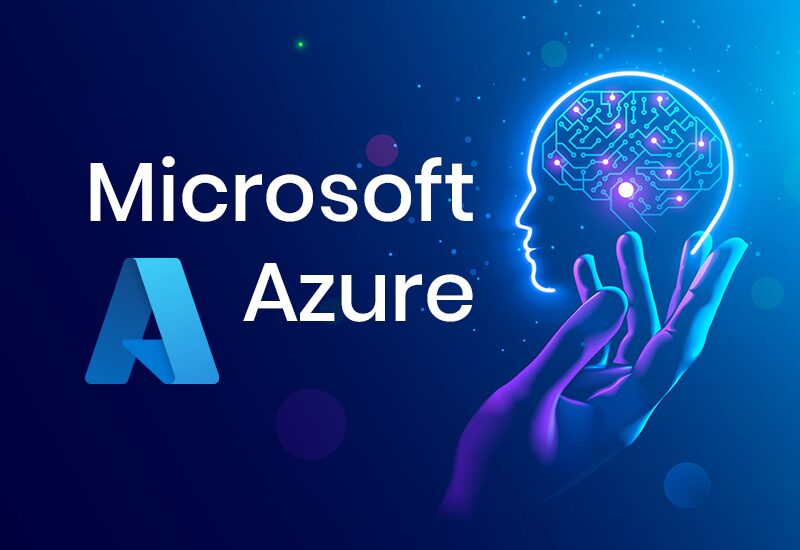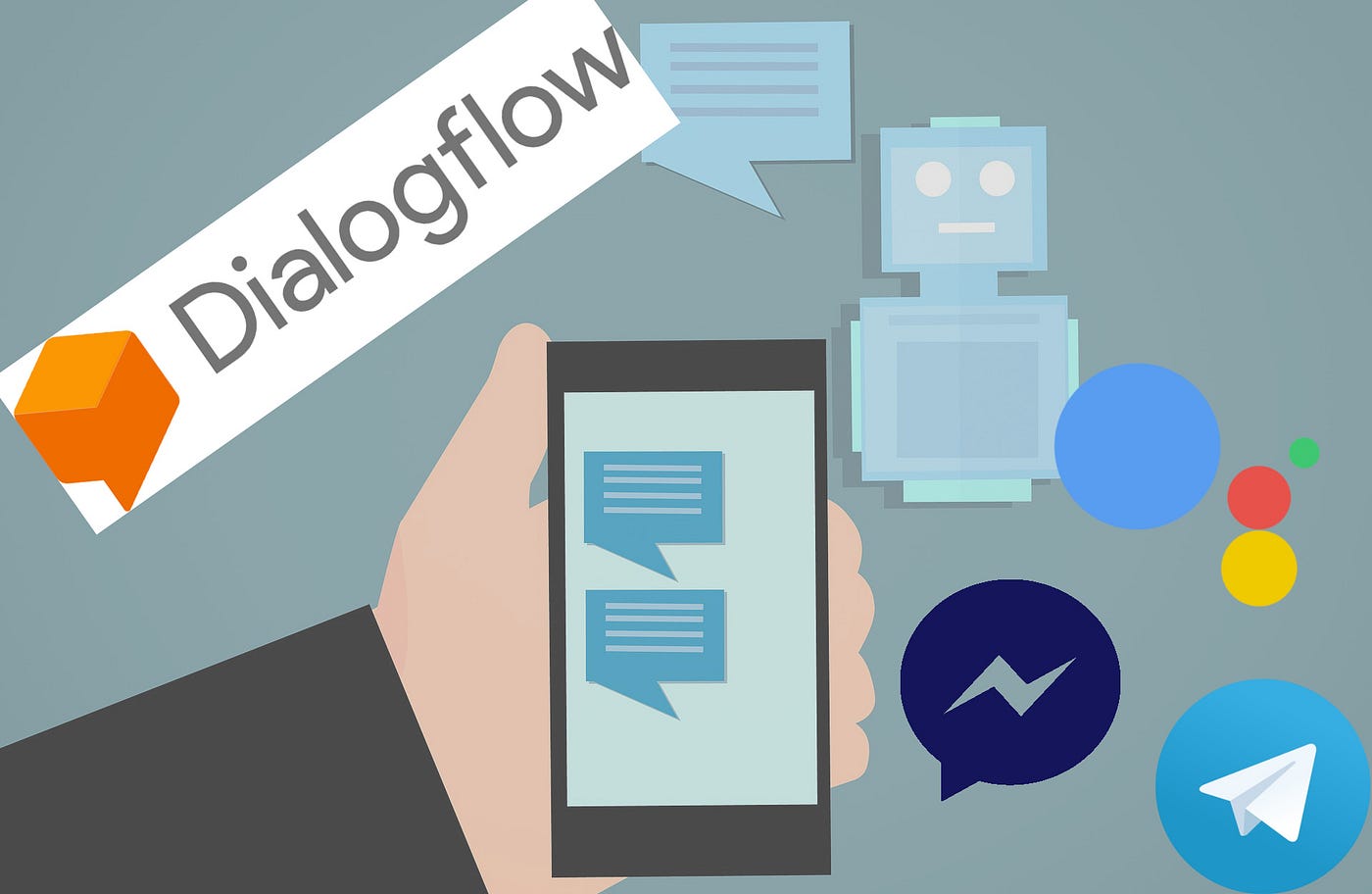What is Ai?
AI, or artificial intelligence, encompasses computer algorithms capable of recognizing patterns in vast datasets, enabling them to mimic human intelligence and perform tasks akin to humans. In essence, AI manifests human-like intelligence through machines.
AI finds applications both independently and in conjunction with other technologies like geolocation, evident in services such as Google Maps. Everyday scenarios utilizing AI include virtual assistants, autonomous vehicles, AI-driven chatbots, personalized online shopping experiences, and more.
1. ChatGPT
Features and Capabilities of ChatGPT
ChatGPT offers a range of features and capabilities that can benefit your business:
1.Code Optimization
Utilize ChatGPT to identify areas in your code that require enhancement. By leveraging ChatGPT, you can streamline the optimization process, saving time and effort through more efficient iterations.
2.Code Generation
Describe the functionality of your application in natural language, and ChatGPT will generate corresponding code examples. This streamlines the coding process, providing valuable insights and accelerating development.
3.Code Reviewing
ChatGPT is proficient in reviewing code across various programming languages. It can analyze your codebase, pinpoint potential issues, and suggest improvements, enhancing overall code quality and efficiency.
4.Testing
Employ ChatGPT to create customized tests, ensuring the robustness and quality of your code and applications. By integrating ChatGPT into your testing framework, you can enhance testing processes and maintain high standards of software quality.
2. Microsoft Azure AI Platform
Features and Capabilities of the Microsoft Azure AI Platform
The Microsoft Azure AI Platform offers a plethora of features and capabilities to bolster your business endeavors:
a.Extensive Documentation
Benefit from comprehensive developer resources and documentation provided by the Microsoft Azure AI Platform. Accessing extensive documentation enables developers to navigate the platform effectively and utilize its functionalities to their fullest potential.
b.Customizable Apps and Agents
Leverage AI apps and agents offered by the Azure AI Platform and customize them to align with your application requirements. This includes Azure Cognitive Services, which provide a diverse array of domain-specific pre-trained AI models for seamless integration into your applications.
c.Ease of Creating Bots
Explore the development environment provided by the Azure AI Platform for creating bots. With pre-existing templates and intuitive tools, developers can expedite bot development and enhance user engagement through conversational interfaces.
d.Simplified Machine Learning Algorithm Development
Embark on machine learning algorithm development with ease using the Microsoft Azure AI Platform. Whether you’re developing new algorithms or utilizing existing frameworks, Azure ML offers a conducive environment for building and deploying machine learning models.
e.Support for Popular Open-Source Frameworks
Benefit from seamless integration with popular open-source AI frameworks such as TensorFlow. Azure ML provides robust support for these frameworks, enabling developers to leverage their preferred tools and technologies for AI development.
f.Scalability
Build enterprise-scale AI systems with confidence using the scalable infrastructure offered by the Azure AI Platform. Whether you’re handling large-scale data processing or deploying complex machine learning models, Azure’s scalability ensures optimal performance and efficiency.
3. Google Cloud AI Platform
- Comprehensive AI Capabilities: The Google Cloud AI Platform provides a comprehensive suite of artificial intelligence services, including machine learning, natural language processing (NLP), speech recognition, and computer vision. Whether you need to develop custom machine learning models, analyze text data, or process images and videos, Google Cloud AI offers the tools and infrastructure to meet your business needs.2
- Scalability and Flexibility: Google Cloud AI is built on Google’s scalable infrastructure, allowing businesses to scale their AI applications seamlessly as demand grows. Whether you’re processing large datasets or serving millions of users, Google Cloud AI can handle the workload with ease, ensuring high performance and reliability.
- Integration with Google Services: Google Cloud AI integrates seamlessly with other Google Cloud services, such as Google Cloud Storage, BigQuery, and TensorFlow. This integration allows businesses to leverage existing data and infrastructure, making it easier to build, train, and deploy AI models in the cloud.
- Pre-Trained Models and APIs: Google Cloud AI offers a range of pre-trained machine learning models and APIs that enable businesses to quickly add AI capabilities to their applications. These pre-trained models cover a wide range of use cases, including image recognition, language translation, and sentiment analysis, saving businesses time and resources in developing custom solutions from scratch.
- Advanced Tools and Frameworks: Google Cloud AI provides access to advanced tools and frameworks for machine learning and AI development, including TensorFlow, AutoML, and Kubeflow. These tools empower data scientists and developers to build and deploy sophisticated AI models efficiently, accelerating innovation and time to market.
- Security and Compliance: Google Cloud AI prioritizes security and compliance, offering robust data encryption, identity and access management (IAM) controls, and compliance certifications. Businesses can trust Google Cloud AI to protect their sensitive data and adhere to regulatory requirements, ensuring peace of mind and compliance with industry standards.
4. IBM Watson
- Developer Tools: IBM Watson offers a range of developer tools, including Software Development Kits (SDKs) and comprehensive documentation. These resources empower developers to efficiently build and integrate AI-powered solutions into their applications.
- Watson Assistant Integration: Developers can seamlessly integrate Watson Assistant, enabling the creation of AI-powered conversational interfaces within their applications. This feature enhances user engagement and facilitates natural language interaction.
- Watson Discovery: Leveraging AI-powered search technology, Watson Discovery enables applications to retrieve information from disparate data sources. This capability enhances data accessibility and empowers applications to deliver relevant insights to users.
- Natural Language Processing (NLP): IBM Watson includes Natural Language Understanding (NLU), providing advanced NLP capabilities. This feature enables applications to comprehend and interpret human language, facilitating more intuitive user interactions and personalized experiences.
- Speech-to-Text Capabilities: IBM Watson offers Speech-to-Text capabilities, allowing applications to transcribe spoken language into text. This feature enhances accessibility and enables applications to process audio data for analysis and insights generation.
5. Amazon Code Whisperer
Features and Capabilities of Amazon CodeWhisperer
Amazon CodeWhisperer offers a range of advanced features and capabilities designed to enhance the software development process:
- Real-Time Customized Code Suggestions: CodeWhisperer provides real-time suggestions tailored to the developer’s specific context and requirements. These customized suggestions streamline the coding process and improve code quality.
- Support for Command Lines: Developers can utilize CodeWhisperer’s command-line support to enhance their coding workflow. This feature enables seamless integration with existing command-line tools and facilitates efficient code management.
- Identification of Security Vulnerabilities: CodeWhisperer includes robust security scanning capabilities that identify potential security vulnerabilities in the codebase. By proactively detecting and addressing security issues, developers can ensure the integrity and security of their applications.
- Flagging of Suggestions Resembling Publicly Available Code: CodeWhisperer flags suggestions that resemble publicly available code, helping developers avoid unintentional plagiarism and maintain code originality. This feature promotes ethical coding practices and protects intellectual property rights.
In addition to these core features, Amazon CodeWhisperer offers several benefits to software engineers:
- Amazon Q Integration: CodeWhisperer seamlessly integrates with Amazon Q, a conversational assistant built into the Integrated Development Environment (IDE). This integration enables developers to receive real-time coding assistance and suggestions, improving productivity and code quality.
- Optimized for AWS: CodeWhisperer is optimized for use with Amazon Web Services (AWS), providing developers with access to a wide range of cloud-based services and resources. This optimization streamlines the development and deployment process, enabling developers to build scalable and efficient applications on AWS.
- Support for Multiple Programming Languages and Frameworks: CodeWhisperer supports multiple programming languages and frameworks, including Python, Java, JavaScript, TypeScript, C#, Go, Rust, and PHP. This versatility allows developers to work with their preferred languages and tools, enhancing flexibility and productivity.
6. Dialogflow
Dialogflow is a sophisticated Natural Language Processing (NLP) tool designed to facilitate the development of conversational interfaces. Here are its key features and benefits:
- Agents: Dialogflow enables the creation of virtual agents that manage conversations with users. These agents utilize advanced NLP algorithms to understand user inputs and provide relevant responses.
- Intents: With Dialogflow, developers can define intents to categorize user intentions. This allows the system to accurately interpret user queries and generate appropriate responses.
- Entities: Dialogflow extracts relevant data from user expressions using entities. By identifying and parsing key information, the system can tailor its responses to better meet user needs.
- Contexts: Contexts in Dialogflow help control the flow of conversation and maintain state across interactions. This enables more natural and contextually relevant dialogue between users and virtual agents.
- Follow-Up Intents: Dialogflow supports follow-up intents, which are triggered based on previous user interactions. This feature allows for more dynamic and engaging conversations by enabling context-specific responses.
- Dialogflow Console: The Dialogflow Console serves as a user-friendly interface for managing agents. Developers can use this web-based tool to create, test, and deploy conversational agents with ease.
Why Choose Dialogflow for AI Development?
- Scalability: Dialogflow is built on the Google Cloud Platform, providing robust scalability and reliability. Developers can easily scale their conversational interfaces to handle increasing user demand.
- Cross-Platform Compatibility: Dialogflow supports integration with various platforms and messaging channels, including Google Assistant, Amazon Alexa, Facebook Messenger, and more. This allows developers to reach users across multiple channels seamlessly.
- Extensive Documentation and Support: Dialogflow offers comprehensive documentation and developer resources to assist users at every stage of the development process. Whether you’re a novice or experienced developer, you’ll find the resources you need to build advanced conversational interfaces.
Flexibility and Customization: Dialogflow provides flexible customization options, allowing developers to tailor virtual agents to their specific use cases and branding requirements. From customizing conversation flows to designing rich responses, Dialogflow offers unparalleled flexibility in creating conversational experiences.
7. BigML
BigML is a powerful machine learning platform that offers a wide range of features and capabilities to streamline the development of machine learning models. Here’s what BigML has to offer:
- Specialized Features: BigML provides specialized features such as the “Gallery”, “PredictServer”, Alexa Voice Service, and the WhizzML programming language. These features enhance the functionality and flexibility of the platform, allowing developers to build and deploy advanced machine learning models efficiently.
- Support for Concurrent Tasks: With BigML, users can perform concurrent tasks, enabling them to work on multiple projects simultaneously without sacrificing performance or efficiency. This feature enhances productivity and accelerates the development process.
- Useful Libraries: BigML offers a variety of libraries that simplify the development of machine learning models. These libraries provide access to pre-built algorithms, data processing tools, and other resources that streamline the model-building process.
- Open-Source Command-Line Tools: BigML provides open-source command-line tools that allow developers to interact with the platform from their local environment. This flexibility enables seamless integration with existing workflows and toolchains, making it easier to incorporate machine learning into existing projects.
- Add-On for Google Sheets: BigML offers an add-on for Google Sheets, allowing users to access machine learning capabilities directly within the familiar interface of Google Sheets. This integration simplifies data analysis and model building, making it accessible to users of all skill levels.
Why Choose BigML for Machine Learning Development?
- Robust ML Algorithms: BigML offers a wide range of robust machine learning algorithms for both supervised and unsupervised learning tasks. These algorithms are pre-integrated and optimized for performance, allowing users to build accurate and reliable models with ease.
- Scalability and Flexibility: BigML is designed to scale with the needs of users, whether they are working on small-scale projects or enterprise-level deployments. The platform offers flexible deployment options, including both on-premises and cloud-based solutions, ensuring that users can scale their machine learning projects to meet growing demands.
- Ease of Use: BigML prioritizes ease of use, providing a user-friendly interface and intuitive tools that simplify the machine learning process. From data preparation to model evaluation, BigML guides users through each step of the workflow, making it accessible to users of all skill levels.
- Community Support: BigML has a vibrant community of users and developers who contribute to the platform’s ongoing development and improvement. Users can access forums, tutorials, and other resources to get help, share ideas, and collaborate with peers, fostering a supportive and collaborative environment.
The bottom line
The blog post outlines the top software development tools of 2024, including ChatGPT, Microsoft Azure AI Platform, Google Cloud AI Platform, IBM Watson, Amazon CodeWhisperer, Dialogflow, and BigML. These tools offer a range of features such as code optimization, machine learning capabilities, conversational interfaces, and scalability. Businesses can leverage these tools to streamline development processes, enhance code quality, and build advanced AI-powered solutions to meet diverse business needs.






